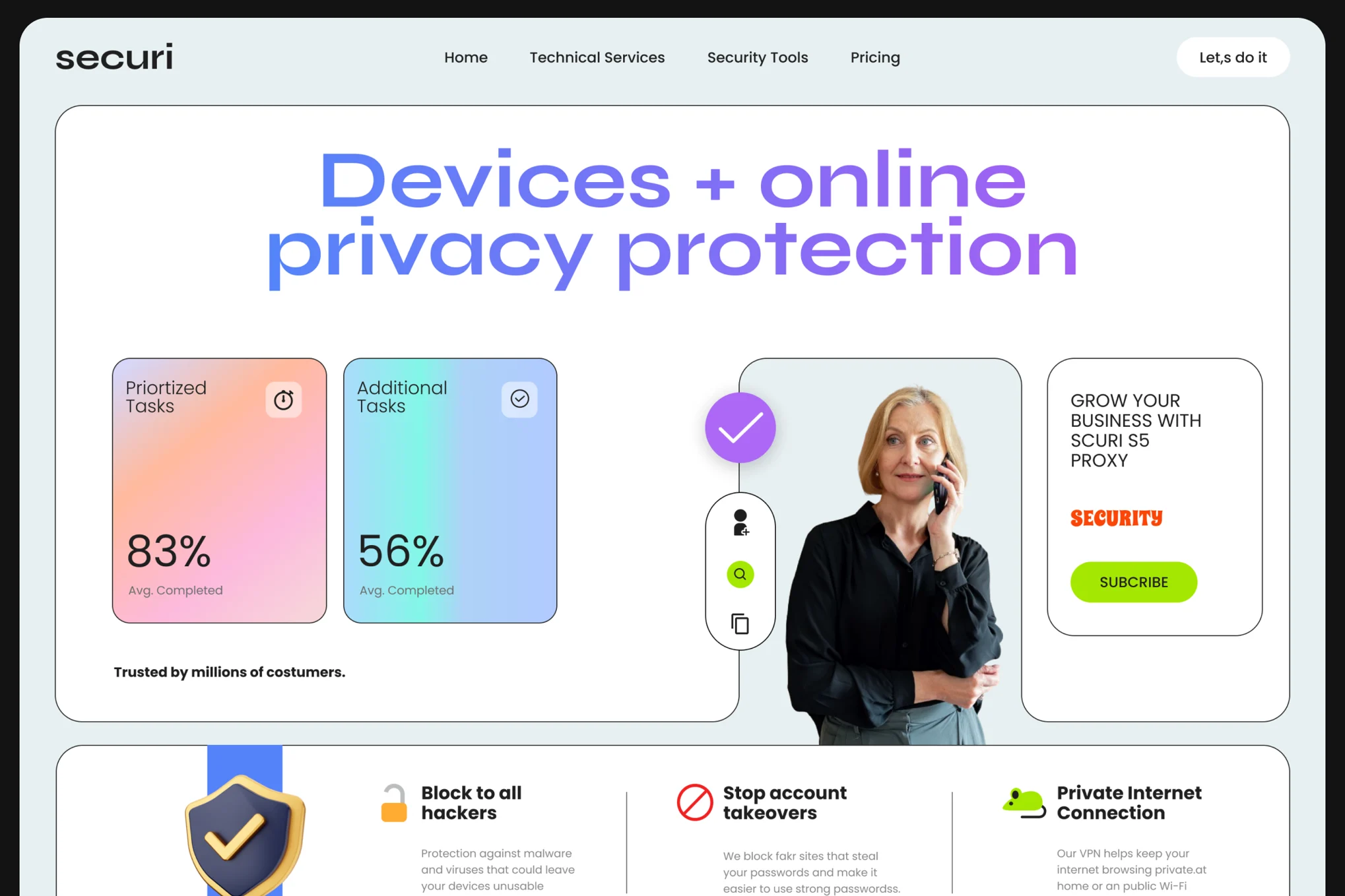10 Types of Branding Strategies + How to Choose the Best One for Your Business

An effective branding strategy is crucial for standing out and achieving business success. Your branding strategy defines how your business presents itself to the world and can significantly impact customer perception and loyalty. With numerous approaches available, selecting the right branding strategy can be overwhelming. Creatif Agency explores ten essential types of branding strategies and provide guidance on choosing the one that aligns with your business goals.
1. Corporate Branding
Definition: Corporate branding focuses on the overall brand image and reputation of a company as a whole, rather than individual products or services.
Advantages:
- Builds a strong, unified brand identity.
- Enhances corporate reputation and trust.
- Simplifies marketing efforts by focusing on one overarching message.
Ideal For: Large enterprises with diverse product lines seeking to establish a cohesive brand identity.
2. Product Branding
Definition: Product branding centers on creating a distinct identity for a specific product, including its name, logo, and design elements.
Advantages:
- Differentiates individual products in a competitive market.
- Allows targeted marketing strategies for specific products.
- Enhances product recognition and consumer loyalty.
Ideal For: Companies with multiple products that need distinct identities to stand out.
3. Service Branding
Definition: Service branding focuses on creating a unique identity for a service rather than a tangible product.
Advantages:
- Highlights the unique aspects of the service experience.
- Builds trust and credibility in service-based industries.
- Differentiates your service from competitors.
Ideal For: Service-oriented businesses such as consulting firms, healthcare providers, or financial services.
4. Personal Branding
Definition: Personal branding involves creating a unique identity and reputation for an individual, often a leader or influencer, rather than a company.
Advantages:
- Enhances personal credibility and influence.
- Builds a strong professional network and opportunities.
- Establishes a personal connection with the audience.
Ideal For: Entrepreneurs, executives, and professionals seeking to establish themselves as thought leaders.
5. Geographic Branding
Definition: Geographic branding leverages the location or origin of a business to build a brand identity, often highlighting local or regional characteristics.
Advantages:
- Appeals to local or regional pride and loyalty.
- Differentiates the brand based on geographic uniqueness.
- Creates a sense of authenticity and connection to a specific place.
Ideal For: Businesses with strong ties to a particular location, such as local restaurants or tourism services.
6. Cultural Branding
Definition: Cultural branding focuses on aligning a brand with specific cultural values, trends, or movements to connect with a target audience.
Advantages:
- Resonates with audiences who identify with specific cultural elements.
- Enhances brand relevance and emotional connection.
- Drives engagement through cultural relevance and trend alignment.
Ideal For: Brands aiming to connect with niche cultural groups or trends.
7. Luxury Branding
Definition: Luxury branding emphasizes exclusivity, high quality, and premium pricing to position a brand as a symbol of status and prestige.
Advantages:
- Creates a perception of superior quality and exclusivity.
- Appeals to high-end consumers seeking luxury experiences.
- Enhances brand image through sophisticated marketing and design.
Ideal For: High-end fashion, jewelry, and luxury goods brands.
8. Co-Branding
Definition: Co-branding involves partnering with another brand to leverage mutual strengths and create a combined brand experience.
Advantages:
- Expands reach and market exposure through collaboration.
- Enhances brand credibility by associating with another reputable brand.
- Creates unique value propositions for customers.
Ideal For: Complementary brands seeking to enhance their market presence through strategic partnerships.
9. Digital Branding
Definition: Digital branding focuses on establishing and enhancing a brand’s presence online through digital channels, including social media, websites, and online ads.
Advantages:
- Provides measurable and data-driven insights into brand performance.
- Reaches a broad audience through various digital platforms.
- Enhances brand visibility and engagement in the digital space.
Ideal For: Modern businesses aiming to build and maintain a strong online presence.
10. Employer Branding
Definition: Employer branding centers on creating a positive image of a company as an employer, attracting top talent and retaining employees.
Advantages:
- Enhances the company’s reputation as a desirable place to work.
- Improves employee retention and satisfaction.
- Attracts skilled candidates who align with the company’s values.
Ideal For: Companies focused on building a strong organizational culture and attracting top talent.
How to Choose the Right Branding Strategy
Selecting the right branding strategy involves understanding your business goals, target audience, and market positioning. Here are some steps to guide your decision:
- Define Your Goals: Identify what you aim to achieve with your branding efforts, whether it’s increasing market share, enhancing brand loyalty, or entering new markets.
- Understand Your Audience: Analyze your target audience’s preferences, needs, and behaviors to choose a branding strategy that resonates with them.
- Evaluate Your Market Position: Assess your current market position and competitive landscape to determine which branding strategy will best differentiate you from competitors.
- Consider Your Resources: Take into account your budget, time, and expertise to choose a branding strategy that aligns with your available resources.
- Test and Refine: Implement your chosen strategy on a small scale, gather feedback, and refine your approach based on performance and results.
Conclusion
Choosing the right branding strategy is a crucial step in defining your business identity and achieving your marketing objectives. By understanding the different types of branding strategies and how they align with your goals, you can make an informed decision that will enhance your brand’s impact and drive long-term success.
For more insights on branding strategies and how to position your brand, visit our service page.
Additional reading:










